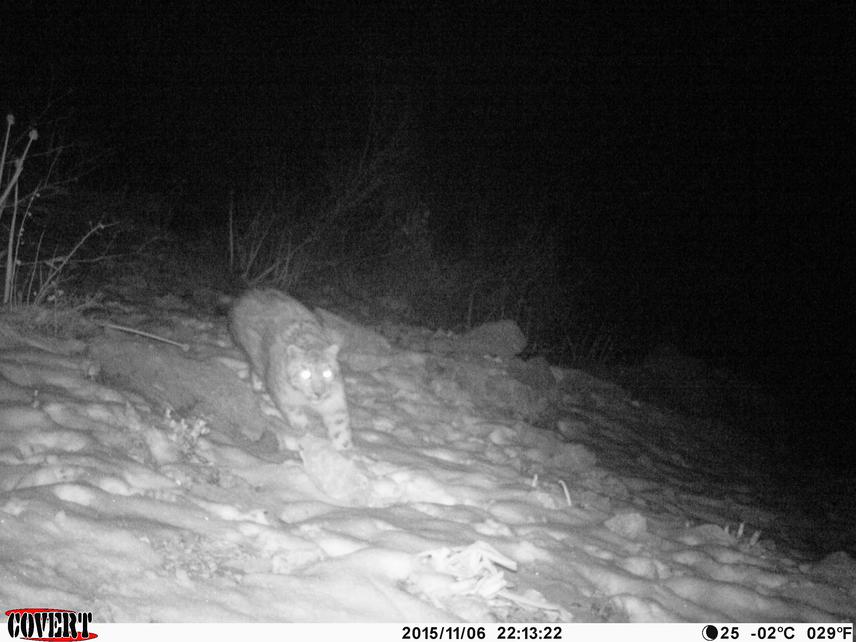Gritsina Maria
Pallas cat (Otocolobus manul), a small-sized wild cat included in the Red List of IUCN as Near Threatened species and in appendix II of CITES (1995), is known to inhabit Uzbekistan and all the countries bordering with it and is among the least studied species in Uzbekistan. This project aims to specify Pallas cat’s current status in Uzbekistan, the montane areas will be investigated using camera trap method, prey countings and interviewing local people.

Earlier Pallas's cat was included in the Red Book of the Uzbekistan (1983) as a rare little-studied species increasingly reducing in number. No research work on this cat has been carried out for over 30 years, although it continues to be present in all the lists of vertebrates of Uzbekistan. The following editions of national Red Books do not contain this species. Information about Pallas's cat distribution can only be taken from the literary sources of Soviet period, which, however, were not confirmed by material findings (skins, bones). Even if we take into account species' secretive way of life, it is strange that no data has been received in this period, and it is quite possible that Pallas's cat has disappeared from Uzbekistan.
According to literary sources, the cat inhabited the Ustyurt Plateau, sky islands of the Kyzylkum desert, and southern (montage) part of the country. In 2014 the reconnaissance survey of Pallas's cat was carried out in Uzbekistan. Camera traps were set in the sky islands of the Kyzylkum desert, which form an isolated area within the species habitat. Locals and experts were interviewed but no new data were obtained. This work aims at determining Pallas's cat status in Uzbekistan, which is actually is unknown now. If, also the project aims to draw the attention of nature conservation organisations and public to the focal species. If Pallas's cat is found, it will be possible to say on following steps on species and its habitats study and conservation in the country. The data obtained will contribute to both national Red Book and IUCN Red List assessments. Never specially studied mountainous regions in the eastern and southeastern parts of Uzbekistan bordered with Kyrgyzstan and Tajikistan will be investigated. Firstly these will be the areas which are supposed to be most potential for species particularly inhabited by the Turkestan red pika (Ochotona rutila) - apparently principle species prey. Therewith Pallas's cat presence was recently confirmed in Kyrgyzstan which has similar habitats. The necessity of evaluation and conservation of such little known species will be proclaimed widely in the country.